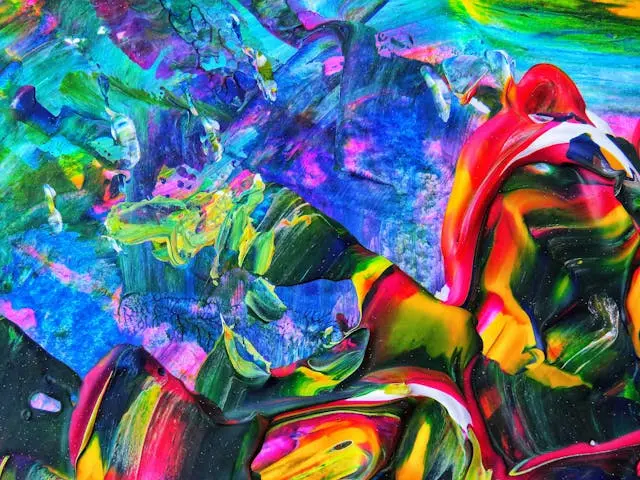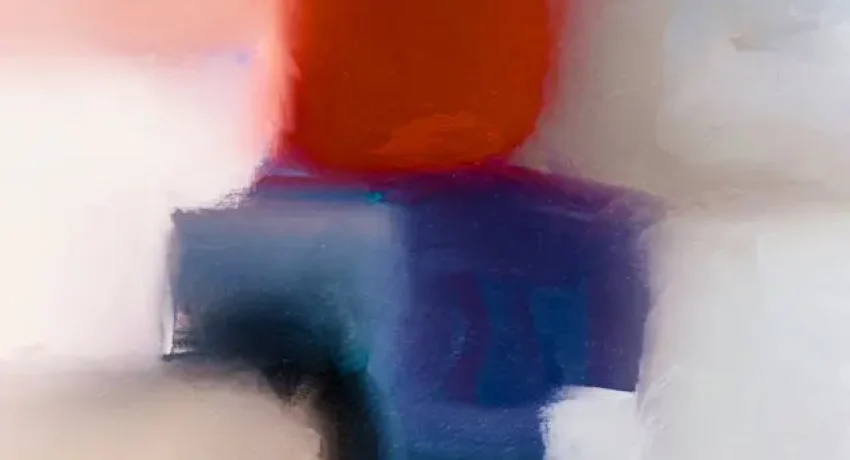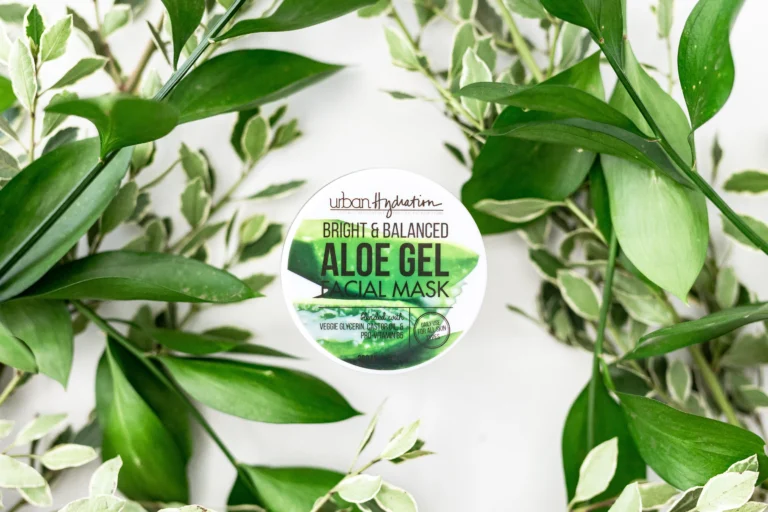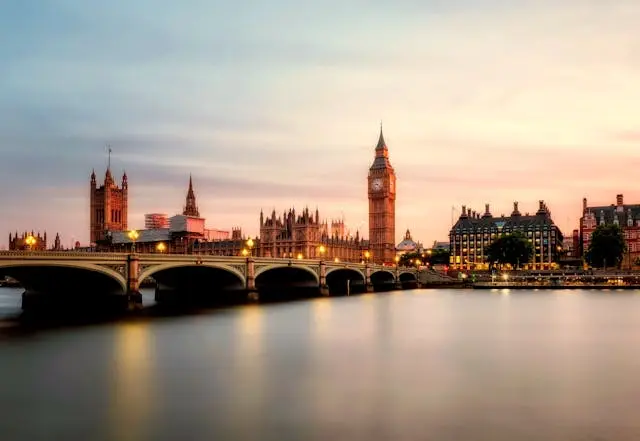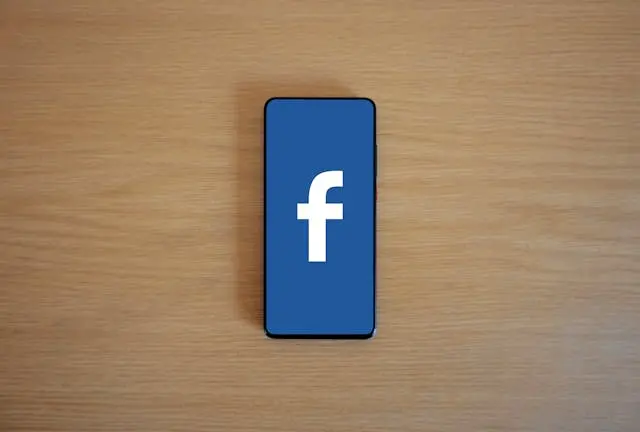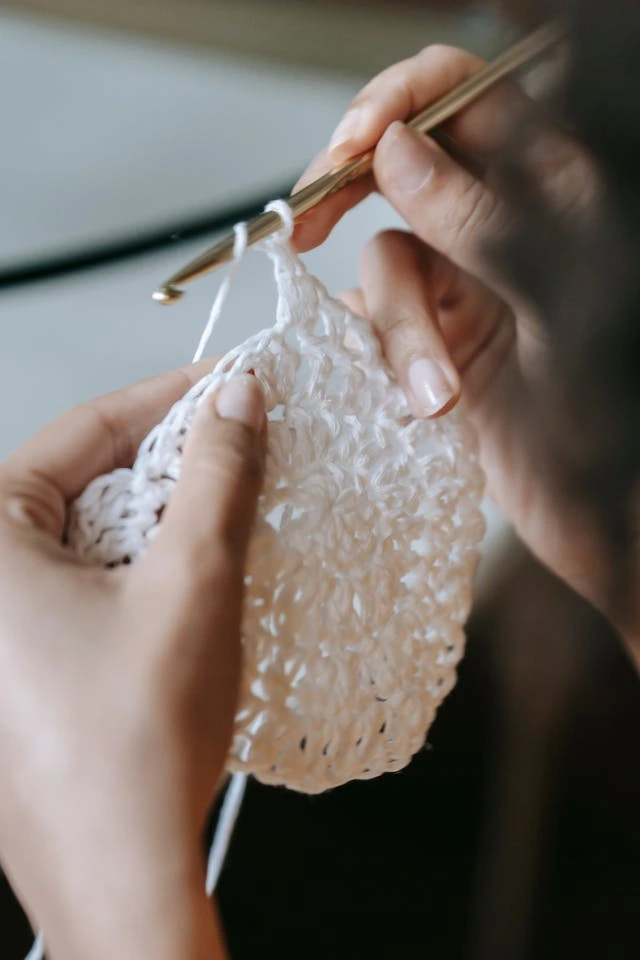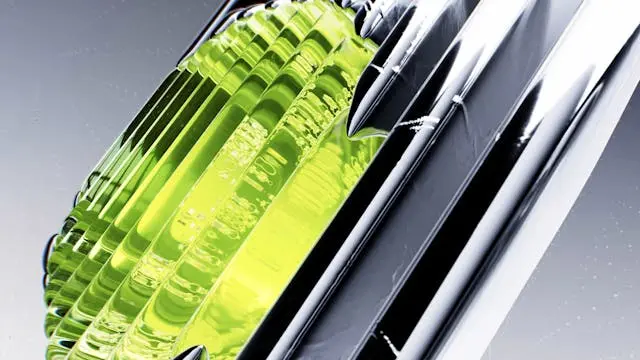ABSTRACT WALL ART: A CREATIVE MODERN EXPRESSION
Abstract wall art has increasingly gained popularity in the world of interior design. Offering a sophisticated and contemporary aesthetic, this style of art helps transform mundane walls into captivating visual expressions. Whether it’s a minimalist pattern, bold geometric shapes, or an intricate play of colors, abstract wall art can make a dramatic statement in any living or working space.
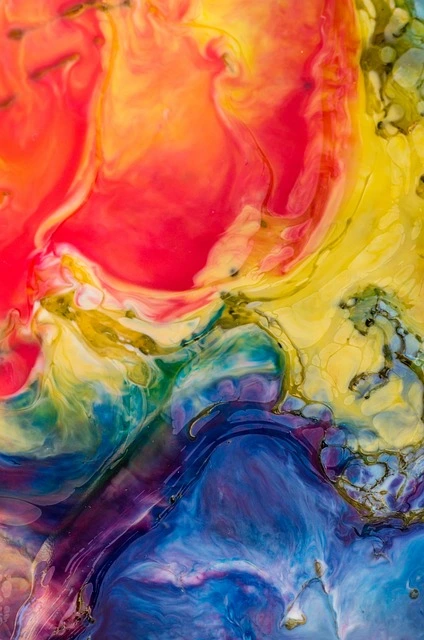
In this article, we will dive deep into the world of abstract wall art—examining its origins, styles, types, and the emotional impact it can have on a room. We’ll also explore how to incorporate abstract wall art into different settings, and why it’s a staple for modern interiors.
THE ORIGINS OF ABSTRACT ART
To understand abstract wall art, we must first look at the roots of abstract art itself. Unlike traditional art forms that aim to represent the world as it is, abstract art distills the elements of form, color, texture, and line into non-representational works. This genre emerged in the early 20th century, revolutionizing the way we view art.
One of the pivotal moments in the birth of abstract art came with the work of Wassily Kandinsky, who is often credited as one of the fathers of abstract art. Kandinsky believed that art could transcend the physical world and connect directly to the viewer’s inner emotional world. This perspective led to the development of a new kind of art that didn’t aim to portray real objects but instead used shapes, lines, and colors to evoke moods and feelings.
Another key figure in the abstract art movement is Piet Mondrian, whose compositions focused on geometric shapes and primary colors. Mondrian’s work, particularly his “Composition” series, distills art down to its most basic elements, suggesting that beauty can be found in the simplest of forms.
With the likes of Jackson Pollock and Mark Rothko following in their footsteps, abstract art continued to evolve throughout the 20th century, influencing everything from architecture to design. Over time, abstract wall art became an essential part of the modern art movement, embodying the idea that art should express emotions and ideas rather than simply replicate reality.
THE DIFFERENT STYLES OF ABSTRACT ART
Abstract art is incredibly versatile, and over the years, it has evolved into a variety of distinct styles. Each of these styles provides a unique approach to the interpretation of form, color, and composition. Here are some popular styles of abstract wall art:
- Geometric Abstraction
Geometric abstraction relies heavily on precise shapes and patterns, such as circles, squares, and triangles. This style embraces order, symmetry, and structure, creating visually appealing pieces that have a clean, modern look. Artists like Mondrian and Kazimir Malevich are notable figures in this genre.
Incorporating geometric abstraction into your space can bring a sense of calm and balance. It works well in minimalist or industrial-style interiors, as it complements clean lines and simple decor.
- Color Field Painting
Color Field painting focuses on large expanses of color, often using subtle shifts or contrasts to evoke emotional responses. The work of Mark Rothko is perhaps the most famous example of this genre, with his large canvases of luminous, undifferentiated color. Color Field art is often meant to be contemplative, allowing the viewer to lose themselves in the vastness of the color and form.
How to use Color Field art: These pieces are perfect for adding a sense of serenity to a space. They can be particularly impactful in a bedroom, meditation room, or yoga space, where the calming influence of color is important.
- Abstract Expressionism
Abstract Expressionism is a powerful style that is marked by dramatic use of color, texture, and movement. Artists like Jackson Pollock, who used a technique called “drip painting,” created works that were energetic and raw. This style is often associated with spontaneity, emotion, and the subconscious.
Incorporating Abstract Expressionism into a home or office can create a bold, energetic atmosphere. It’s perfect for spaces where you want to evoke creativity or inspire conversation. It pairs well with modern, eclectic, or even industrial decor.
- Fluid Art
Fluid art (also known as pour painting) involves the manipulation of paint, allowing it to move freely across the canvas. It often involves vibrant colors and swirls, creating a sense of motion and fluidity. The beauty of fluid art lies in its unpredictability, as the paint interacts in ways that cannot be fully controlled.
Using Fluid Art: Fluid art is ideal for making a statement. It’s an excellent choice for a feature wall in a living room, hallway, or art gallery space. The flowing lines and dramatic colors can inject an element of playfulness and creativity into the room.
- Minimalist Abstraction
Minimalism, a style that emphasizes simplicity and the reduction of elements to their most basic forms, has been a major influence on abstract art. In minimalist abstraction, artists strip away unnecessary details to create works that focus solely on a few essential elements. The result is often an understated yet powerful composition.
For a minimalist vibe: Minimalist abstract art works well in spaces where simplicity and subtlety are the goals. It complements Scandinavian, modern, and industrial interior styles, adding depth without overwhelming the space.
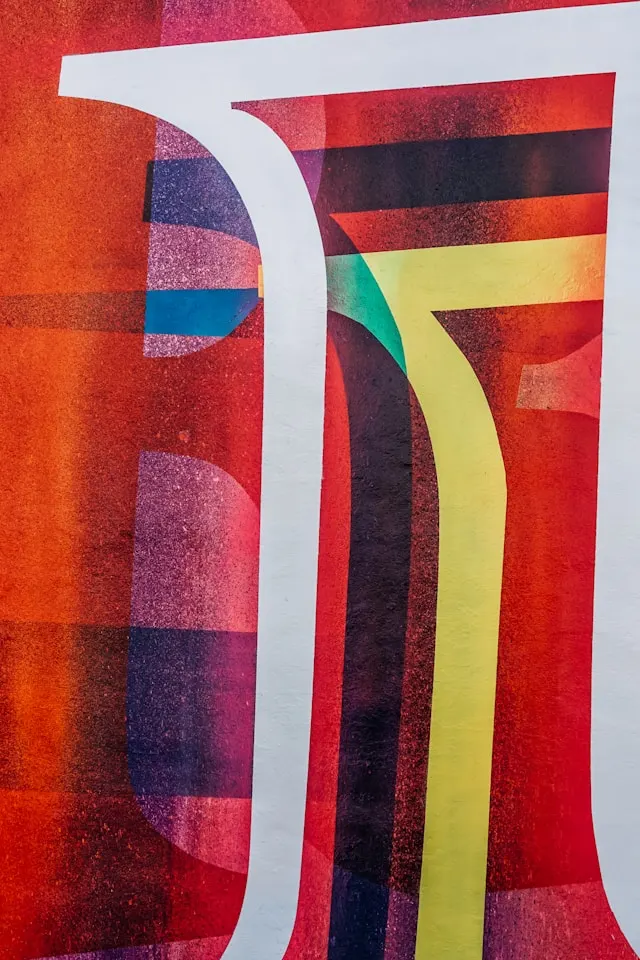
EMOTIONAL IMPACT OF ABSTRACT WALL ART
One of the most compelling aspects of abstract wall art is its ability to stir emotions and provoke thought without directly depicting a scene or object. Abstract art often leaves room for interpretation, allowing the viewer to bring their own emotions, experiences, and perspectives into the piece. This creates a deeply personal connection between the art and the viewer.
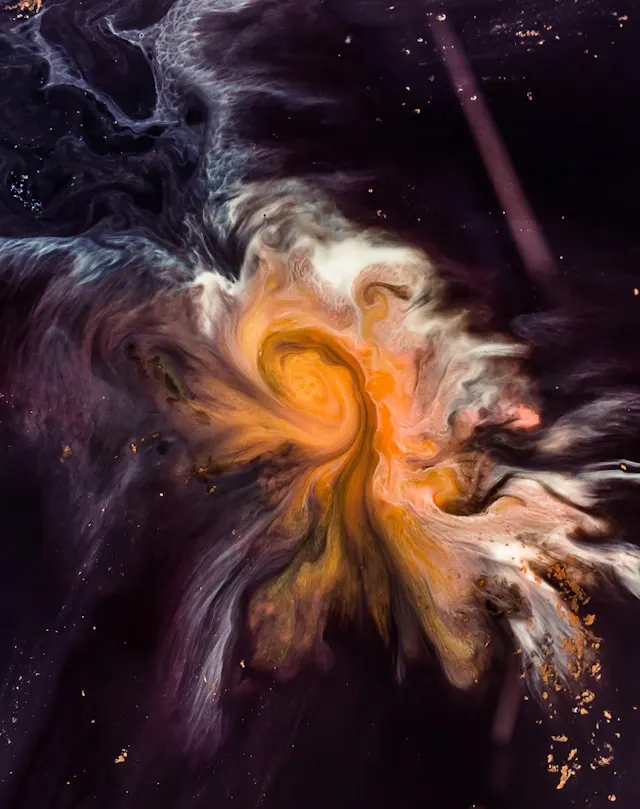
For example, a bold, fiery red abstract piece can evoke passion and energy, while a soft, pastel-colored work might promote tranquility and calmness. The colors and shapes in abstract wall art can stir subconscious emotions, which is one reason why it’s so popular in spaces designed for relaxation, such as bedrooms or meditation rooms.
Furthermore, abstract art can bring a sense of mystery and intrigue to a room. Because it doesn’t immediately reveal its meaning, viewers often spend time contemplating the piece, interpreting it in their own unique ways. This engagement can spark conversations and inspire creativity in those who observe it.
HOW TO INCORPORATE ABSTRACT WALL ART INTO YOUR SPACE
Now that we understand the different types and emotional impacts of abstract art, let’s explore how to incorporate abstract wall art into various rooms in your home or office.
- Living Room
The living room is a common place to display abstract art. A large, statement-making piece can set the tone for the entire room. For a cohesive look, select colors that complement your furniture and decor. If your living room has neutral tones, a vibrant abstract piece can add a pop of color and become the focal point of the room.
Tip: When choosing a piece for the living room, consider the scale. A very large canvas may dominate the space, while a series of smaller works might create a balanced, gallery-style effect.
- Bedroom
In the bedroom, abstract wall art can contribute to a calm and peaceful environment. Soft tones or subtle geometric shapes work particularly well in this space. However, if you want to make a bold statement, a large, colorful abstract piece can provide visual interest and stimulate creativity.
Tip: If you’re drawn to fluid or color field art, it can enhance the mood of the bedroom, transforming it into a serene, meditative space.
- Office
Abstract wall art is a great choice for an office environment. It can inspire creativity and innovation while keeping the atmosphere fresh and dynamic. Large abstract paintings or even a series of smaller artworks can add personality and sophistication to the office walls.
Tip: Choose pieces that reflect the mood you want to create. For a more energetic and motivating space, opt for expressive works with bold colors and dynamic compositions. For a more relaxed environment, choose minimalistic or soft-colored abstract pieces.
- Hallway and Entryway
Hallways and entryways are great places for abstract art, as these areas often provide a first impression of your home. A striking abstract piece can draw visitors in and give them a sense of your style before they enter the main living areas. Abstract art also works well in these spaces because it can be more informal and creative.
Tip: If you have a narrow or small hallway, consider choosing a piece that has a vertical orientation to create the illusion of height and space.
WHY ABSTRACT WALL ART CONTINUES TO BE POPULAR
Abstract wall art has remained a mainstay in contemporary design for a variety of reasons. First, its versatility allows it to complement almost any interior style, from traditional to modern, and everything in between. Second, abstract art often evokes deep, personal emotions, making it not just decorative but also an expression of the viewer’s inner thoughts and feelings.
Furthermore, abstract wall art encourages individual interpretation. Unlike figurative art, which has a clear subject or message, abstract art invites the viewer to form their own understanding, making it highly engaging and personal.
Lastly, as more people embrace minimalist and open-concept interior designs, abstract wall art fits seamlessly into these spaces, adding an element of interest without overwhelming the room.
CONCLUSION
Abstract wall art offers endless possibilities for creativity, allowing individuals to express their unique style while enhancing the mood and atmosphere of a room. With its ability to evoke emotions, provoke thought, and complement a variety of interior designs, it’s easy to see why abstract art continues to captivate art lovers and interior designers alike.
Whether you’re decorating a minimalist apartment, a cozy bedroom, or a modern office, abstract wall art provides an opportunity to make a bold statement, stimulate the imagination, and create a space that resonates with your personal aesthetic. By carefully choosing abstract pieces that align with your vision for a space, you can transform any room into a visual masterpiece that speaks to both the eye and the heart.
